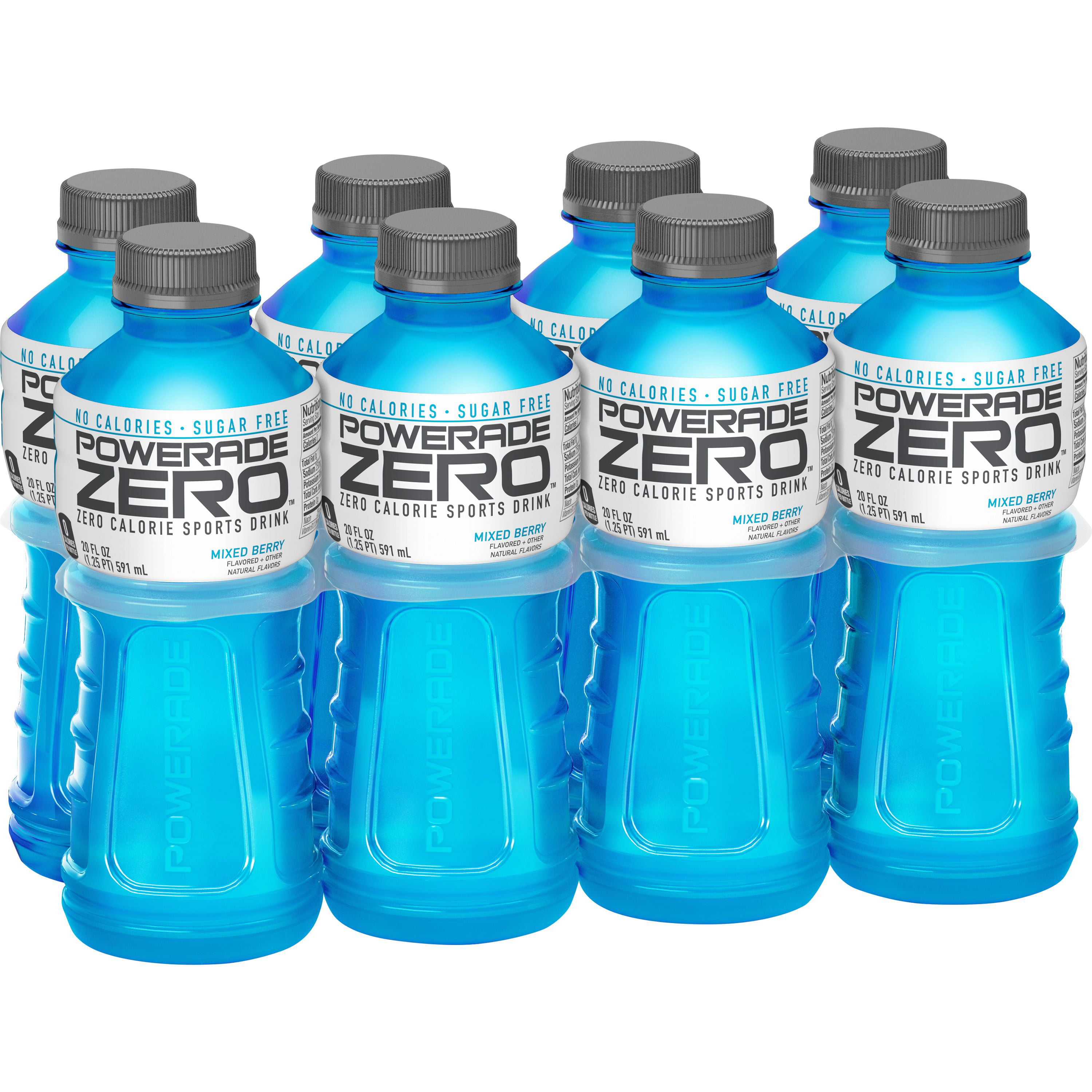
In fact, we’re already transporting liquid hydrogen to fuel many of our forklifts across our grocery distribution centers. While the use of hydrogen is still in early development, we’re excited to be among the first to adopt it in our fleet. With so many major players in the industry working together to find a solution, we are optimistic we can drive meaningful growth in the market with critical lessons to come from this pilot. And to maximize the potential emissions benefits of utilizing this technology, we have secured agreements with Chevron to supply Walmart trucks with CNG linked to renewable natural gas. This brand-new engine is expected to deliver the same power and torque of a 15-liter diesel engine but with significantly lower emissions, lighter-weight and overall lower cost per mile than its diesel counterpart. Over-the-Road: Starting early next year we’ll be the first transportation company to receive Cummins' new 15-liter Natural Gas Engine and will be adding them to a few of our trucks. Uncaptured biomethane has up to 25 times the ability to trap heat in the atmosphere compared to CO 2, but by capturing it from sources like dairy manure or food waste, studies suggest that renewable natural gas can avoid more emissions than it generates.

Renewable natural gas is produced by capturing biomethane of decomposing matter and treating it to generate fuel.

Natural gas engines have a comparable range to diesel engines of around 700 miles – which makes them a great potential fit for our sleeper cabs – and can produce tangible emissions benefits that compound whenever powered by renewable natural gas (RNG) or RNG-linked fuel. Here is how we are layering solutions to determine the best recipe for building a Walmart that is regenerative in action.Īs we transition away from diesel and move towards a lower emissions fleet, we plan to deploy and evaluate vehicles powered by compressed natural gas (CNG). We’re piloting solutions not only for our over-the-road (OTR) trucks but for refrigerated trailers (also known as reefers) and yard trucks (which move trailers around in the lots), too. To make a meaningful impact, we’re taking a meaningful approach by evaluating various attributes of three different fuel types – renewable natural gas, hydrogen and electric. With a fleet of this scale, it made up approximately 24% of our Scope 1 emissions in 2020. Walmart operates one of the largest and safest fleets in the U.S., with 12,000 drivers, 10,000 tractors and 80,000 trailers driving 1.1 billion miles every year. Many of these initiatives are first-of-their kind for Walmart and will be pivotal in moving us towards a zero emissions future, while being instructive to the entire transportation industry.
#3.5 deep zer walmart series#
Today I’m excited to share more about our zero-emissions transportation strategy and announce a series of collaborations and pilots. We know transforming our transportation fleet is not as simple as flipping a switch, but that doesn’t mean we’re sitting idle. But there’s another fleet we’re committed to transforming, one that will have an even bigger impact on achieving our zero emissions goal: our Class 8 transportation fleet.


You’ve seen us be among the first to use 100% electric self-driving cars and class 3 trucks, electric delivery vans and even drones. This includes our last mile delivery fleet, an area that is uniquely positioned for innovative solutions. That’s why in 2020, we set the goal to achieve zero emissions across Walmart's global operations by 2040. As the world’s largest retailer, with a world-class transportation network, we have the ability to make a meaningful difference when it comes to reducing greenhouse gas emissions.


 0 kommentar(er)
0 kommentar(er)
